Every year, tens of thousands of visitors flock to the Mark Twain House in Hartford, Connecticut, in order to see where he lived and wrote. Many famous writers’ homes are preserved for visitors, some of whom are devoted readers (and some who know they are supposed to read his or her books). Twain, we can imagine, sat in that chair while writing Huckleberry Finn. However, only a small portion of the objects one sees were actually there when the writer lived in the house. Most of the original pieces were either sold off or dispersed to family members.
The cost of building this 1874 house and furnishing it, in fact, was too much for Twain, and he and his family needed to sell most of it and move abroad in 1891. (Much of what visitors see there are either reproductions or ‘period’ objects that look like the furniture the Clemenses actually owned, based on photographs.) Then again, authenticity is probably less the goal than giving a certain impression of the writer and his world, as the Mark Twain House has Twain impersonators (dressed in white suits) regaling visitors with amusing anecdotes. Visitors get an immersive, rather than an authentic, experience. Should it matter that we’re not really seeing what we expect to see?
The Louisa May Alcott Orchard House in Concord, Massachusetts, is stronger on authenticity. One looks at ‘the actual furniture the Alcotts sat on, the pillows they embroidered, their sewing bags, May’s original paintings and sketches’, Jan Turnquist, Orchard House’s director, noted. ‘If the Alcotts were able to come back to life and walk through the doors, they would feel at home, because nothing has been moved.’ Two of Louisa’s nephews, who established the house as a place of pilgrimage for devotees of her books in 1912, ‘made sure that everything was the Alcotts’. Tour guides read passages from Little Women that describe objects and people in the house, and visitors may ‘feel like they’re walking through the book’.
Authenticity, of course, involves more than just chairs and pictures. In fact, the Edgar Allan Poe House in Philadelphia is largely empty, because its operators refuse to display anything that doesn’t have 100 per cent provenance. ‘We have no idea what kind of furnishings the Poes had,’ said Karie Diethorn, chief museum curator at the Independence National Historic Site in Philadelphia, which manages the Poe House, adding that the Poes lived hand-to-mouth, were ‘peripatetic, so they didn’t accumulate much stuff’, and when the writer died there was no estate. She noted that many visitors ‘don’t understand why the house hasn’t been restored and refurbished’. Diethorn claimed that an empty house ‘removes distractions of the material world Poe lived in, allowing visitors to focus on the literary world, his creative process and achievement’.
Perhaps the focus on authentic objects may be a disservice in other ways. Anne Trubek, author of A Skeptic’s Guide to Writers’ Houses (University of Pennsylvania Press, 2010), claimed that Little Women isn’t quite as autobiographical as tour guides may suggest, but ‘conflates fact and fiction. Louisa May Alcott felt oppressed by all her domestic duties and having to take care of her mother and sisters. She moved to Boston so that she could have a room of her own.’ Her father might be described less as a sane free-thinker than as an eccentric who couldn’t hold down a job. Trubek claimed that part of what makes the Orchard House interesting is ‘the story they choose to tell about the Alcotts and why they choose to tell it’. In effect, the Louisa May Alcott house may be more authentic to the experience of reading Little Women than to the real life of the author and the other actual occupants of Orchard House.
Mucking up the experience of visiting a writer’s house is the fact that writers, like most of us, have lived in more than one house during their lives and careers. There are numerous Robert Frost (1874–1963) residences that one may visit, including two in New Hampshire and two in Vermont, plus another in Michigan, one in South Miami, Florida, which he purchased in 1940 where he spent his remaining winters, and another in Cambridge, Massachusetts. The open-to-the-public Robert Frost houses make claims about noted poems that were penned on their sites, but with such an itinerant life it is difficult to know how much one location mattered more than another.
By comparison, artists’ homes and studios frequently offer a bit more information on the creative process than the homes of writers. For instance, after the sculptor Chaim Gross died in 1991, his widow, Renee, opened his studio in lower Manhattan to the public as a museum, his workshop preserved exactly as the artist had left it, ‘with his tools out, a last piece of wood he hadn’t carved yet still in the vice’. No one would think to put ‘period’ tools in Chaim Gross’s studio. Of course, the process itself of turning a studio or a house into a museum makes the place less authentic, no longer a realm of creativity but one of tribute and reflection.
In the continuum of authenticity, all historic house operators have to pick what they take to be the essential story and work around that, hoping that the physical stuff that visitors see advances rather than intrudes upon that narrative.
Got something to add? Join the discussion and comment below.
Get 10 issues for just $10
Subscribe to The Spectator Australia today for the next 10 magazine issues, plus full online access, for just $10.

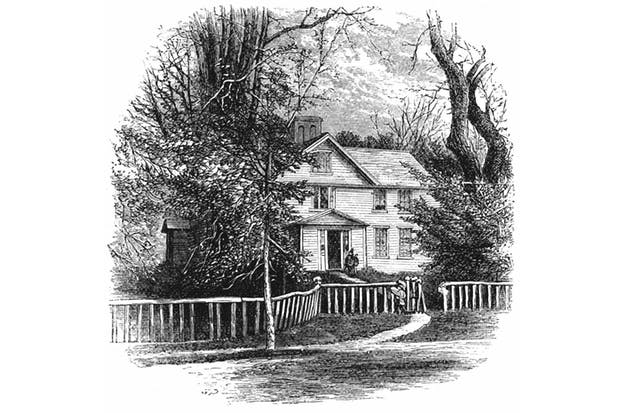

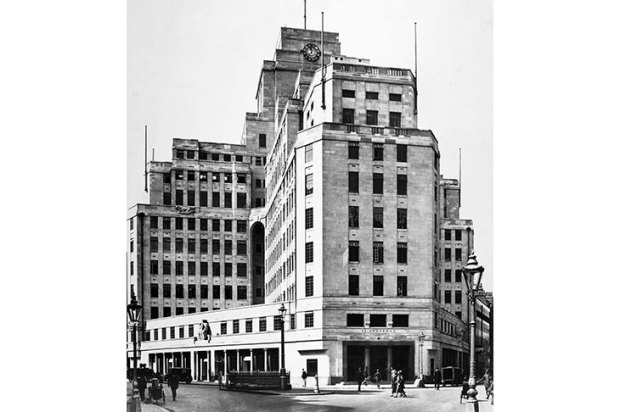

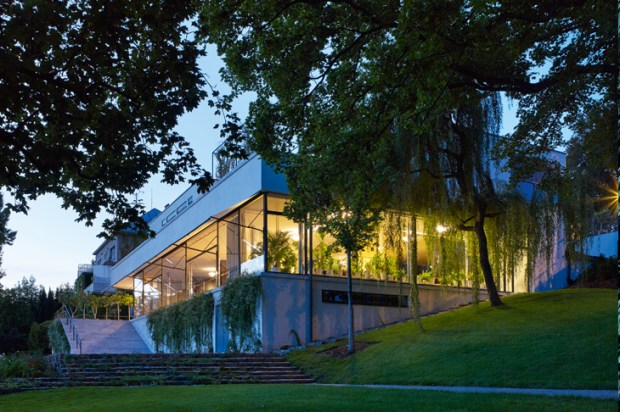
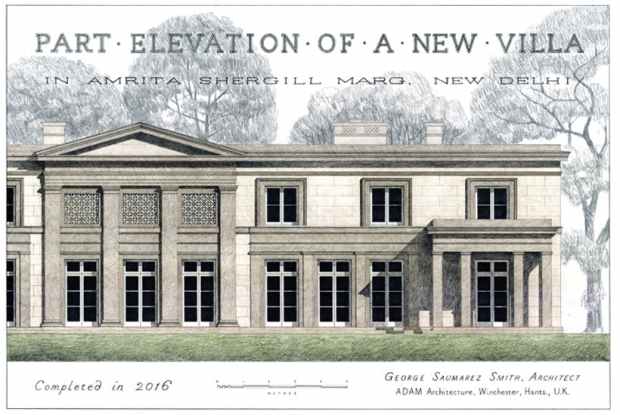
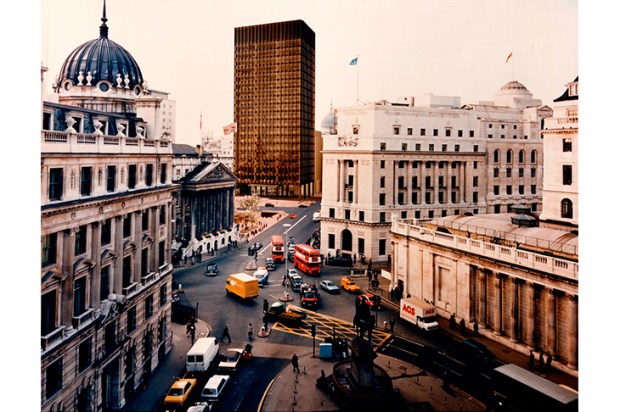






Comments
Don't miss out
Join the conversation with other Spectator Australia readers. Subscribe to leave a comment.
SUBSCRIBEAlready a subscriber? Log in